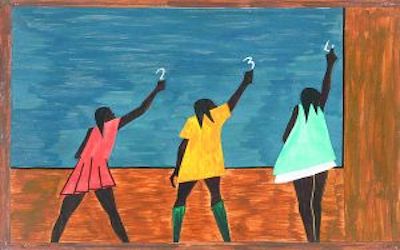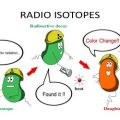PTE考生目前最大的问题之一就是练习题缺乏。除了有限的基本官方书(PLUS,Testbuilder, OG)之外
就没有题了。很多英语基础不是很扎实的同学很难找到练习材料。悉尼文波雅思PTE培训学校专门为澳洲,尤其是悉尼、墨尔本的PTE考生准备了适合PTE听力阅读练习的科学60秒。各位PTE同学可以练习PTE听力中的summarise spoken text和PTE口语中的retell lecture,PTE听力口语-科学60秒-Frosty Moss练习记笔记技巧和复述。废话少说,下面开始:
听力内容:
60秒科学节目(SSS)是科学美国人网站的一套广播栏目,英文名称:Scientific American – 60 Second Science,节目内容以科学报道为主,节目仅一分钟的时间,主要对当今的科学技术新发展作以简明、通俗的介绍,对于科学的发展如何影响人们的生活环境、健康状况及科学技术,提供了大量简明易懂的阐释。
This is Scientific American — 60 Second Science. I’m Erika Beras. Got a minute?
It’s called the Great Migration—the journey of some six million African Americans from the rural south to northern and western cities between 1910 and 1970. The cultural impact of the Great Migration has been well documented. But researchers have also started to look at its genetic implications. The most recent study finds that the migration had a significant effect on genomic diversity across the nation. That work is in the journal PLOS Genetics.
To estimate patterns of ancestry, researchers analyzed genetic data from nearly four thousand African-Americans who had participated in three medical studies.
Their findings confirmed historical records—genetic evidence showed that female slaves often gave birth to children fathered by white slave owners. The genetic analysis found that82.1 percent of the average African-American’s ancestors came from Africa, while 16.7 percent were Europeans and 1.2 percent were Native American.
The team also could date when particular genes entered the mix. Native American genes were introduced into the typical African-American genome in the early 1600’s. Genes from Europeans were for the most part introduced in the decades before and during the Civil War.
Researchers also found those still living in the southern United States have a greater percentage of African ancestry than those in the north or west. And European-Americans who now live in the south are more genetically similar to African-Americans in the north and west than they are to African-Americans currently living in the South—because Blacks with a greater percentage of European ancestry were more likely to move, especially early in the migration’s history.
The analysis has implications for medical research and treatment. Most of the people in studies linking genes and disease have been white, thus potentially leaving gaps in medical information specific to other races. Filling in those gaps, along with better access to medical care, could help reduce the disparity in health experienced by many minority communities.
Thanks for the minute for Scientific American — 60-Second Science Science. I’m Erika Beras.
墨尔本悉尼文波PTE原创首发
更多精彩请持续关注微信wenbo_tv2。





